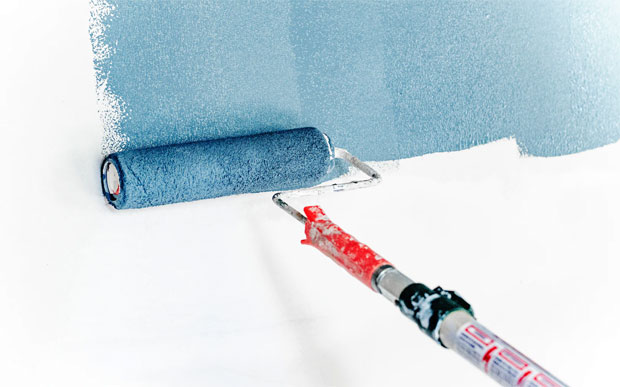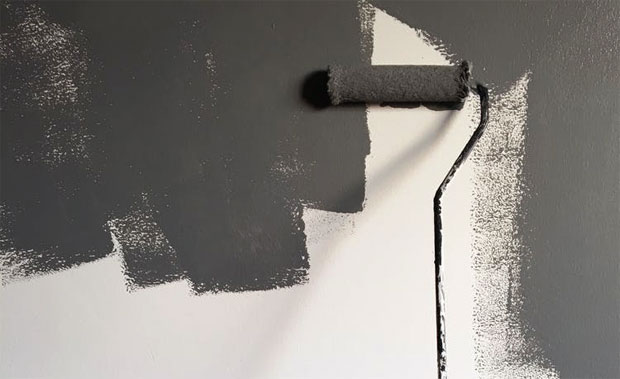What is Specialist Paint?
What is Specialist Paint?
If there’s one positive way to look at all the craziness that’s gone on this year, it’s that I’ve found a lot us have really taken to caring for our homes. Pretty much everyone I know has done at least one major bit of work themselves while staying safe.
For some people, it was completely re-doing the garden into a private oasis. For others, it was a major spring clean that has seen homes suddenly gain extra square footage like it’s going out of fashion. And I can almost guarantee that the majority of us will at least have held a paintbrush in these last few months.
If painting and decorating were seen as a hobby, it would probably have the biggest uptake ever seen these last few months. Now, if you’ve been getting to work painting around the house, you may have stumbled like me into the weird and wonderful world of specialist paint. I didn’t have a clue what it was, and now I feel like I could ace a round on Mastermind on the subject. For anyone out there about to do some painting at home and wondering if they need some, here is everything you need to know about specialist paint.
- Specialist paints have a specific purpose
Don’t get “specialist” confused with fancy or designer (yeah, designer paint is a thing). Specialist merely refers to a paint which can only be used for a specific purpose. Specialist paints tend to be used on a commercial level to cover everything from courts in sports centres to getting rid of graffiti. A business may need to have anti-slip paint applied to the ground, whereas you wouldn’t need it for the front doorstep (although that is a good idea now that I think about it).
At a domestic level, there are only a few areas you would ever need specialist paint. These would typically include:
- Tiles
- Concrete
- Garage and exterior doors
- Doorsteps & floors
Essentially, if it isn’t somewhere you’d be using a lot of paint on, chances are there’s a specialist paint for it.
- Specialist paints can be expensive
Put a big tub of white emulsion next to a similarly sized tub of white specialist paint for a wooden floor, and you might wonder why they have drastically different price tags. Specialist paints aren’t made to the same volume and degree that normal paints are. Many will have added polymers and properties that make them unique to their specific purpose.
Because of this, the price will be higher, and you should have a good think about when a specialist paint is needed.
- Specialist paints are a stain’s worst nightmare
Going back to what I said about the properties in the paint, specialist paints which are used to help treat stains are formulated to do two special things: adhere to problem surfaces & prevent bleeding.
Have you ever painted a room in your house, and when everything has dried in, you think you notice a few spots you missed? It sometimes isn’t because you forgot to paint over properly but will be due to the paint allowing for more bleeding than you’d hoped. Bleeding is when existing layers can come through after you’ve painted. Specialist paints aim not to do that as even they’re a liquid trying to adhere to a surface, they also want to stop existing colours coming through.
- Specialist paint can be preventive
Ever have those situations where something goes wrong at home, and you know that if you had have done something simple earlier, you wouldn’t be in this situation?
For example, have you ever had a mouldy patch grow in your bathroom above the shower and not knowing what to do, so it’s left with the window open a little longer in the hopes it will just magically disappear? Yeah, that won’t happen, and things will only get worse if you don’t think proactively and get some specialist anti-mould paint.
The next time you notice a stain like mould, grease or water appearing on a wall, seriously consider getting a small pot of specialist paint to see if your problem stays as a molehill and won’t become a mountain.
- About to get your paintbrush out?
Thanks for reading and I hope you got some sound advice on using specialist paint. In the off chance you’re about to start painting at home, read the latest DIY posts from the blog here for advice on preparing spaces and avoiding simple mistakes.
Guest Article.








